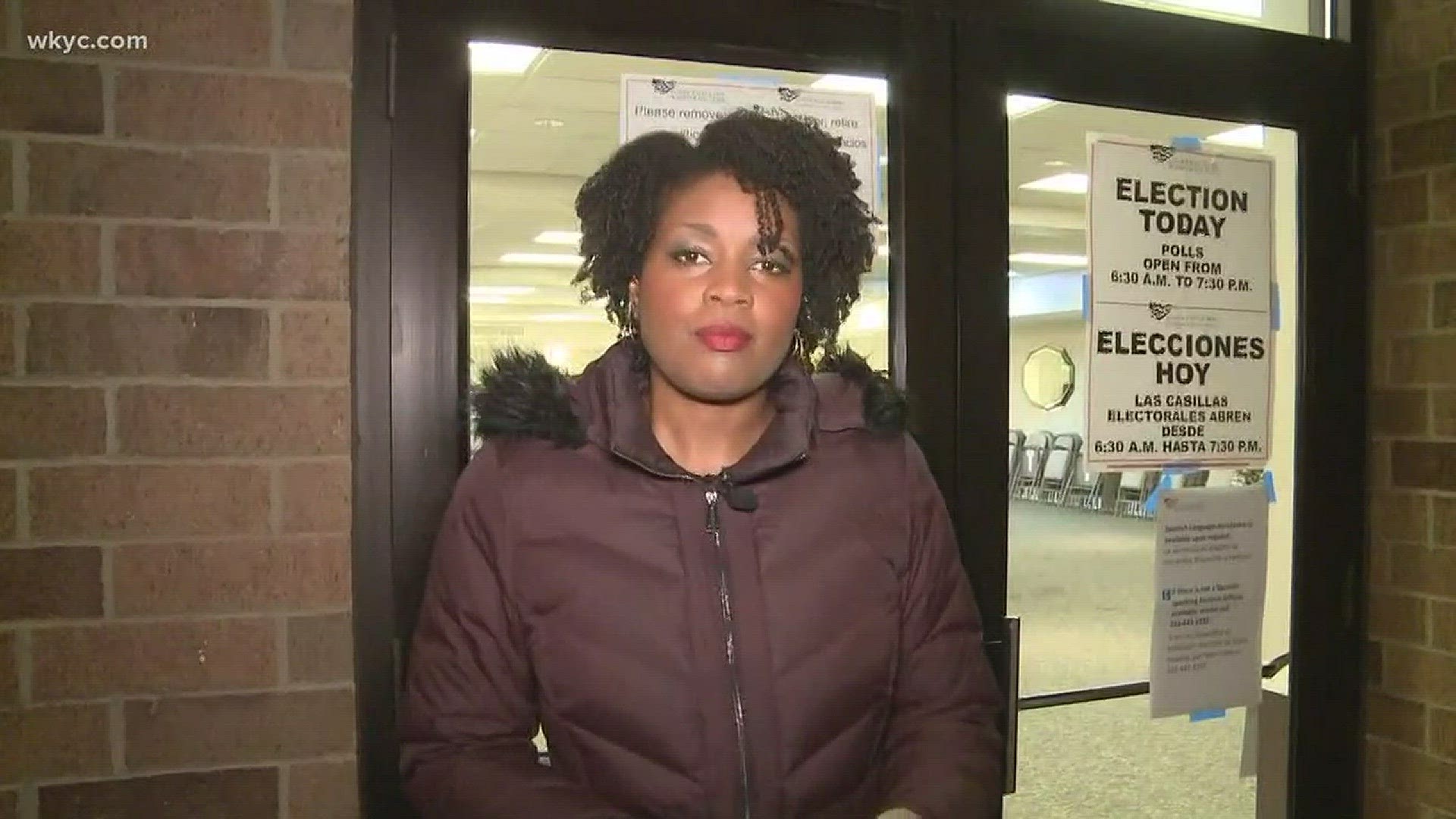COLUMBUS - At the heart of Ohio's confusing, contentious battle over Issue 2: the claim the November ballot initiative will lower drug prices in Ohio.
The answer: Maybe, for some people, but it's nearly impossible to tell how much.
The proposed law would require Ohio's state-managed health care programs, such as Medicaid, to pay no more for medicine than the discounted price paid by the U.S. Department of Veterans' Affairs.
Sounds great, right? No one likes high drug prices. Many cheered when "Pharma Bro" Martin Shkreli was convicted of federal charges for scamming investors.
Here's the problem: Both Medicaid and the VA negotiate for lower drug prices on some medicines. You can't compare the two final prices, because both Ohio law and federal law consider the extra discounts confidential to protect the contract negotiations.
And it's not clear that the VA would share its prices with Ohio even if voters passed a law requiring the state to duplicate those VA prices. That means it's impossible for any of us to say for sure how much money Ohio might save – if any – if it adopts the VA price.
You might have seen some ads citing a number anyway. Proponents say Issue 2 would save Ohio between $164 million and $536 million per year. Opponents say that doesn't account for the discounts the state already receives.
What else should you know about Issue 2? Here are some frequently asked questions.
I have private insurance through my work. Would Issue 2 lower my drug prices?
About 4 million Ohioans receive some sort of state-paid health care benefit, which means about 7 million of us don't. If you're one of the 7 million, the ballot issue has no direct effect on your drug prices.
Who brought Issue 2 to Ohio? Why?
Nearly all of the $3.7 million raised to support Issue 2 this year has come from the AIDS Healthcare Foundation, whose controversial founder pushed a similar effort to reduce drug prices in California. It failed there.
Founder Michael Weinsten told reporters that he wants to fight drug companies much like the biblical David triumphed over Goliath. A win in Ohio, a key Midwest state, could spur on efforts elsewhere, he said.
“We’re taking the first step to actually bring prices down for everyone else, and they (the drug companies) know that,” said Matt Borges, a former Ohio GOP chairman who is working for backers of Issue 2.
Who is paying for the opposition to Issue 2?
Pharmaceutical companies who oppose the issue, collectively part of PhRMA, raised $15.8 million in the first half of 2017. Drug companies used a nonprofit to shield which individuals or businesses gave to the effort.
Drug companies spent more than $100 million to defeat the California effort in 2016.
Could Issue 2 actually raise drug prices?
Drug companies and their allies say if they lose money from Medicaid patients, they might offset those losses elsewhere. In other words, they might raise drug prices paid by people with private insurance.
"Cost-shifting isn't some plot dreamed up by what the Yes side monotonously calls 'greedy drug companies' – it's basic economics," said Dale Butland, spokesman for Issue 2's opponents.
Issue 2 supporters say those are just threats about what PhRMA will do if their profits are decreased.
Would Issue 2 cut taxes?
No. Supporters of Issue 2 say, in an ad, that the ballot initiative would cut $400 million in taxes. But the proposed changes would do nothing to affect taxes directly.
Supporters say tax cuts are one way Ohio could use the savings from Issue 2.
What's the deal with Ohio paying for Issue 2 proponents' attorney fees?
If Issue 2 passes and is challenged in court, four Issue 2 supporters would get to defend the law along with the state's attorney general. Ohio would pay for those attorney fees.
If Issue 2 is deemed unenforceable, those supporters could be fined up to $10,000.
Issue 2 supporters say this language was added to ensure someone defended the new changes even if the state attorney general refused.
Who supports Issue 2?
Vermont Sen. Bernie Sanders, Cincinnati Mayor John Cranley, Cincinnati City Councilwoman and mayoral candidate Yvette Simpson, Sen. Cecil Thomas, Cincinnati Councilmen Chris Seelbach and Wendell Young, Ohio Academy of Family Physicians, National Nurses United and more.
Who opposes Issue 2?
Ohio Hospital Association, Ohio Children’s Hospital Association, Ohio Chamber of Commerce, Ohio's American Legion department, Ohio's VFW department, Ohio National Guard Association, Cincinnati USA Regional Chamber , the National Alliance on Mental Illness of Ohio and more.
For more information:
Proponents of Issue 2 have a website, yesonissue2.com.
Opponents are online at noonissue2.org.
Go to the Ohio Secretary of State's website, www.sos.state.oh.us, to read the official ballot language and arguments provided by both sides.

